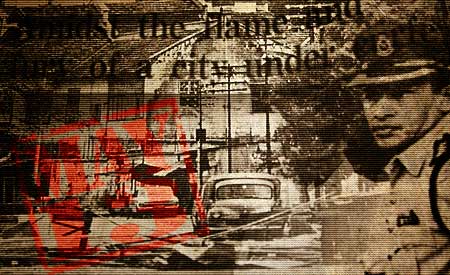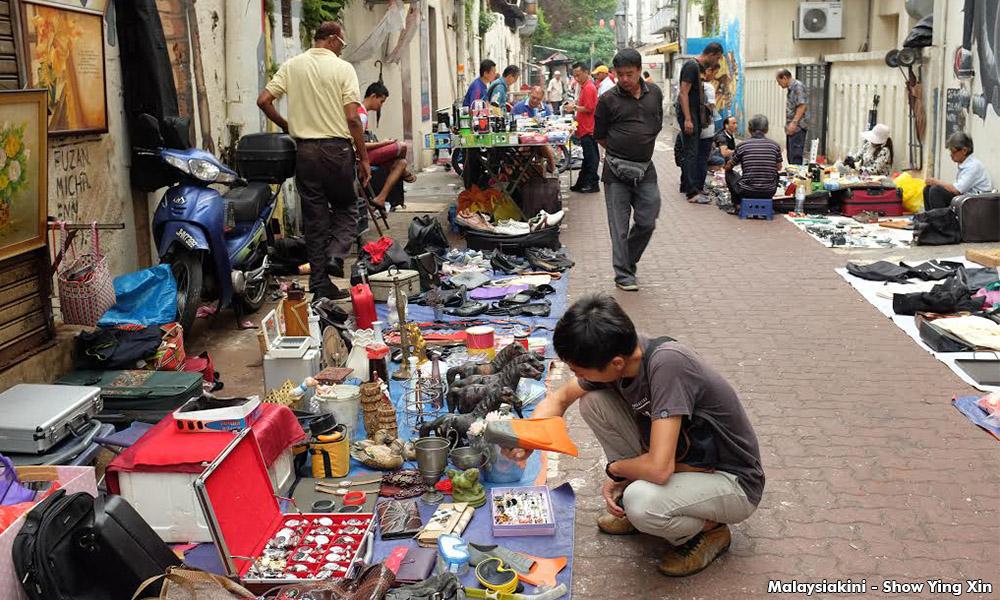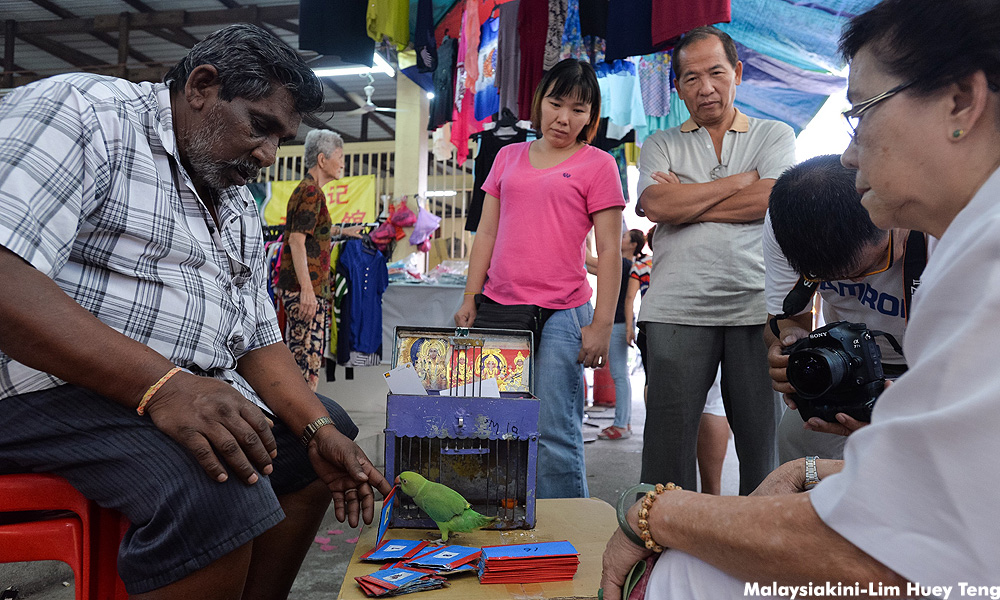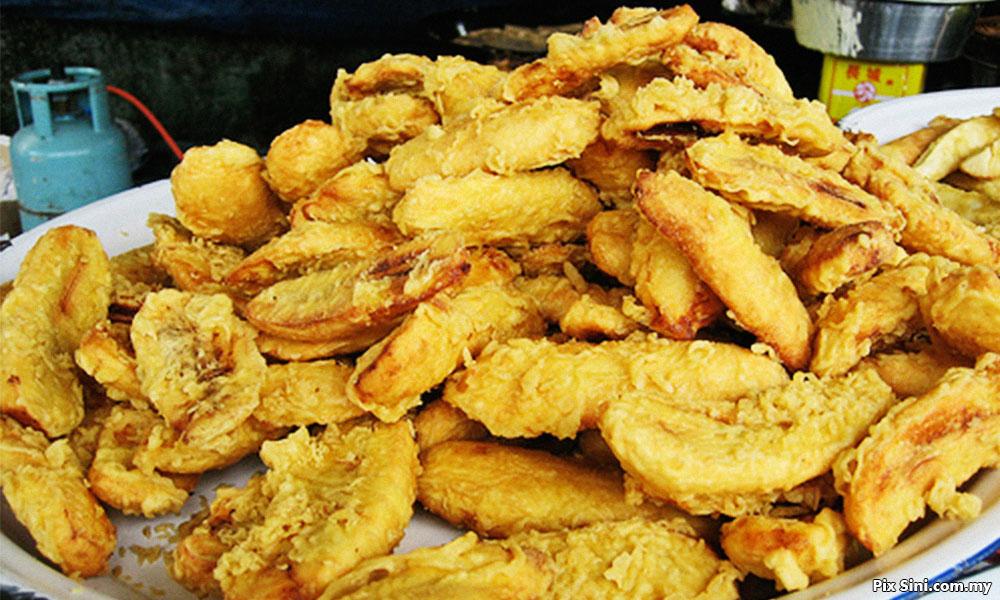I remember May 13 - at Peace Lane before the storm
Opinion |
Azly Rahman
Published: |
Modified:

COMMENT | It was sometime in April 1969. Maybe earlier. Again, my gallivanting in my village brought me to a house nearby, where I saw a crowd in front of a wooden house. To reach that place I had to take several small streets or lorong (lane). In the neighbourhood, the street names signify the sense of being in a place most peaceful – of Malaysia in the late 60s. The Malay words used have a carnival of a magical feel. A sense of place. And personal history.
There is Lorong Aman, ('peace'); there is Adil ('justice); there is Jaya, ('victory'); there is Bahagia ('happiness'); there is Sentosa ('contentment'); there is Budiman ('good-heartedness'); there is Merdeka ('freedom') and Rahmat ('blessings'). These are some of the names of the lorong in the Malay kampung I pass by often, to get me from one adventure to another. These are where the people of the “Malay race” lived since the village was opened as a new settlement, even before the British gave the country independence. These names I live in gave me a sense of what the words tell me to feel – peaceful, content, fair, free, and above all, a person who is budiman or of one possessing to-the-soul-good-heartedness. A note on the 70s.

Growing up in the early 70s, different words to describe reality, practices, and possibilities were dancing happily around me. Perhaps those street names tune me to calmness. All these shaped the child’s mind, such as that of mine growing up with a fascination of names, as if living is about being taught names and being able to “read the self and the word” in order to be liberated. There were also words related to spirituality; words such as sembah-hyang, marhaban, berzanji, kenduri, berkhatan and bersugi gigi. There were also cool words related to Malay magic such as jampi serapah, tangkal, kemenyan, dukun, pawang, and, of course, the mambang laut-mambang darat-mambang udara trinity/trio.
That was the smooth-sailing 70s. Back in the day people were happy wearing what ought to be simple fashion and accessories, the kebaya, baju kurong (not a straitjacket mind you), baju Melayu Telok Blangah, terompah, selipar chapal, selipar Jepun, manik koran and all kinds of Malay, Chinese, and Indian "bling-bling" to adorn oneself with cultural niceties. Growing up in the kampung, I was not attuned to hearing totally foreign words, imported from elsewhere to denote and connote the self, spirituality, and salvation, and “saving the soul of others”; words such as solat, dakwah, ushrah, tarbiyyah jihad, muzakarah, jubah, serban, hijab, purdah, burqah, niqab, Arqam, tabligh, Ayatollah, muktamaar, buah tamar, or even Daulah Islamiyah.
Not that I knew or had even heard of until the beginning of the 80s when these words like Karl Marx would say, became technologies of the “body, mind, and spirit” that changed the social relations of production and the ideological landscape of the country and the consciousness of a segment of the Malay people.

I passed through these lorong in a village of Malay-speaking people and in a place reserved for settlers of this ethnic group. These settlers nonetheless came from a variety of ethnic groups that would later constitute the “Malays”. There were Javanese, Bugis, Bawean or Boyanese, Madurese, hybrid Chinese, Arabs, Indian-Muslims, and a Sikh young woman Zaida whose parents were from the land of the Bengalis who later married one of my mothers’ cousins, Ali. There were Malays from different states that moved into this kampung Melayu: from Perak, Negeri Sembilan, Melaka, Selangor, and even as far as Kelantan and Kedah. But it was called a Malay kampung with only Malays allowed to be given land to live in. The Malay Reserve Land as the government designated it as.
I arrived at the place where a crowd was waiting. I love stopping by and watching what is happening whenever people congregate, whether it is in my village or in the petrol-diesel-stinky-river-rotten egg-smelling town of Johor Bahru, about three miles from home. There would always be people selling something; ointments, batik cloths, T-shirts from neighbouring Singapore city or even aphrodisiacs prepared traditionally and packaged as the best sexual-magical-mystical pill that could help one not only sustain happiness in marriage, but marry two, three, and up to four wives. Power pills 10 times better than Viagra, I would imagine.
My favourite stopover would always be at the Indian man in dhoti, smoking a cerutti or cheap-looking cigarillos from India, with a parrot that tells people’s future by picking up cards that would tell you when you will die! That’s my favourite place in front of a Chinese sinseh’s store where I would sometimes squat for an hour watching the parrot become Nostradamus. Yes, the parrot could also tell the exact date when one would die. I would be listening to such revelations and wonder if the man was actually reincarnation of the Angel of Death himself, and the parrot his sidekick doing the horrifying job of telling the truth.

Satisfied but scared off with such a learning session, I would then head home with a plastic bag of fried bananas, 30 pieces of pisang goreng a pop costing me a Malaysian dollar, or one ringgit; those plantains-looking crispy crunchy banana fritters my mother loves. Always bring something home, as a gift or buah tangan or the fruits of thine hands, as Mother would always remind us. That would signify that even if you are out having fun listening to a parrot pronounce the date for death, we should be happy that we are still alive and be bearing gifts to the loved ones at home.
So I stopped by the house on Lorong Aman, Peace Lane. Something was happening. It looked like it was a Malay martial arts demonstration. Men in black traditional Malay hero outfits, each with red headscarf with the Arabic words written from right to left that looked like it read Laailaha ‘ilAllah Muhammadar RasulAllah (There is no god but The God and Muhammad is the messenger of God) written on it. In white over red; purity over blood.
Yes, words that I have seen on the flag of Daesh/Isis, or the Islamic State of Iraq and Syria; that globalising, terrorising military entity and an informal creation of the American empire.
There was a group of around 30 or so people, all men and some boys gathering and I pushed myself into the group to get a closer look. I was small enough to bonsai myself into the crowd of adults and to have the closest view of what I thought intriguing. It was standing room only. I was there in full and clear view of what was happening. I could hear some screams and religious chants.
(Part 2 next week)

(2).jpg)

No comments:
Post a Comment